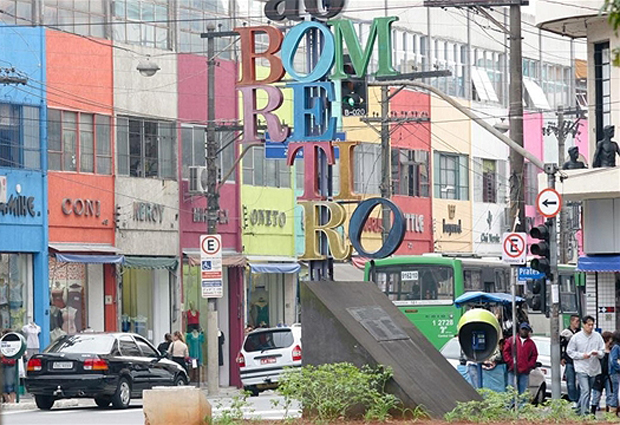Bom Retiro, located in São Paulo, is a vibrant district known for its diverse shops, cultural centers, religious institutions, and restaurants.
Its clothing industry is a defining feature, but the neighborhood’s history is rooted in immigration.
In the late 19th century, Joaquim Egídio de Sousa Aranha divided his property to build homes for industrial workers.
With the inauguration of a nearby train line, immigrants arrived via the Port of Santos, making Bom Retiro a popular destination.

Bom Retiro has attracted waves of immigrants since the 19th century, drawn by its central location and thriving commerce.
British, Portuguese, Italian, Spanish, Jewish, Greek, Yugoslav, Korean, Latin American, African, and Bolivian communities have all contributed to the neighborhood’s multicultural character.
Koreans arrived in Brazil in the 1960s, initially intending to work in rural areas but eventually settling in central neighborhoods like Bom Retiro.
The neighborhood’s housing conditions, including tenements, provided affordable options for low-income individuals seeking employment.
Over time, Koreans adopted the clothing trade from the Jewish community, which had a significant presence in the neighborhood.
While Koreans are not the largest group in Bom Retiro, their contributions are well-known.
Efforts are underway to establish Bom Retiro as a Korea Town, although some residents express concerns about preserving the neighborhood’s multicultural heritage.
The Korean community actively contributes to improving the neighborhood and embraces a cosmopolitan identity while remaining connected to their roots.
While there is room for homage to Korea, it’s essential to balance this with respect for the neighborhood’s diverse history.
Public spaces less significant historically could be considered for specific Korean cultural symbols or dedications.
The Korean community’s commitment to enhancing the lives of all residents demonstrates their strong sense of community and their desire to positively contribute to the economic and cultural fabric of São Paulo and Brazil.

